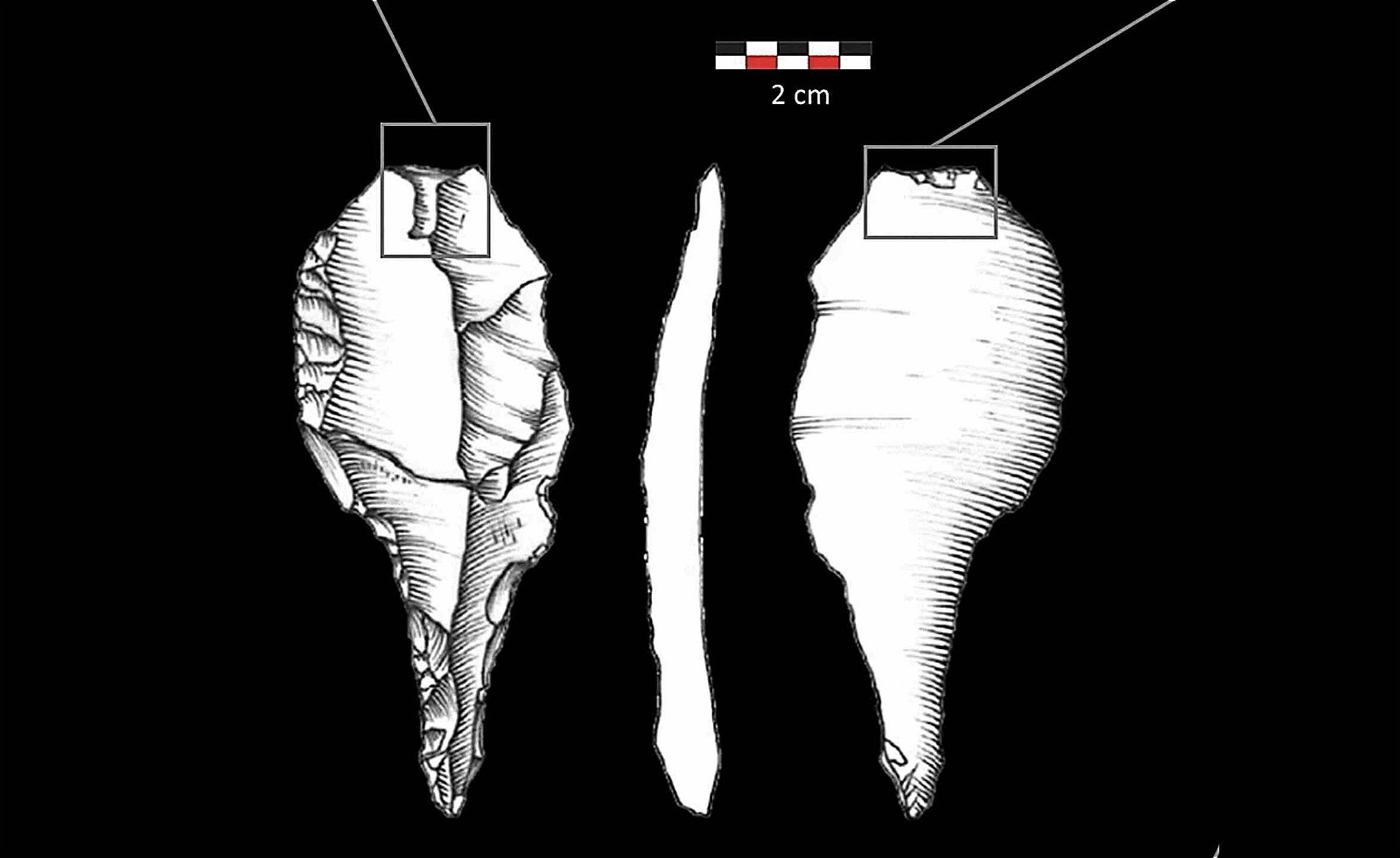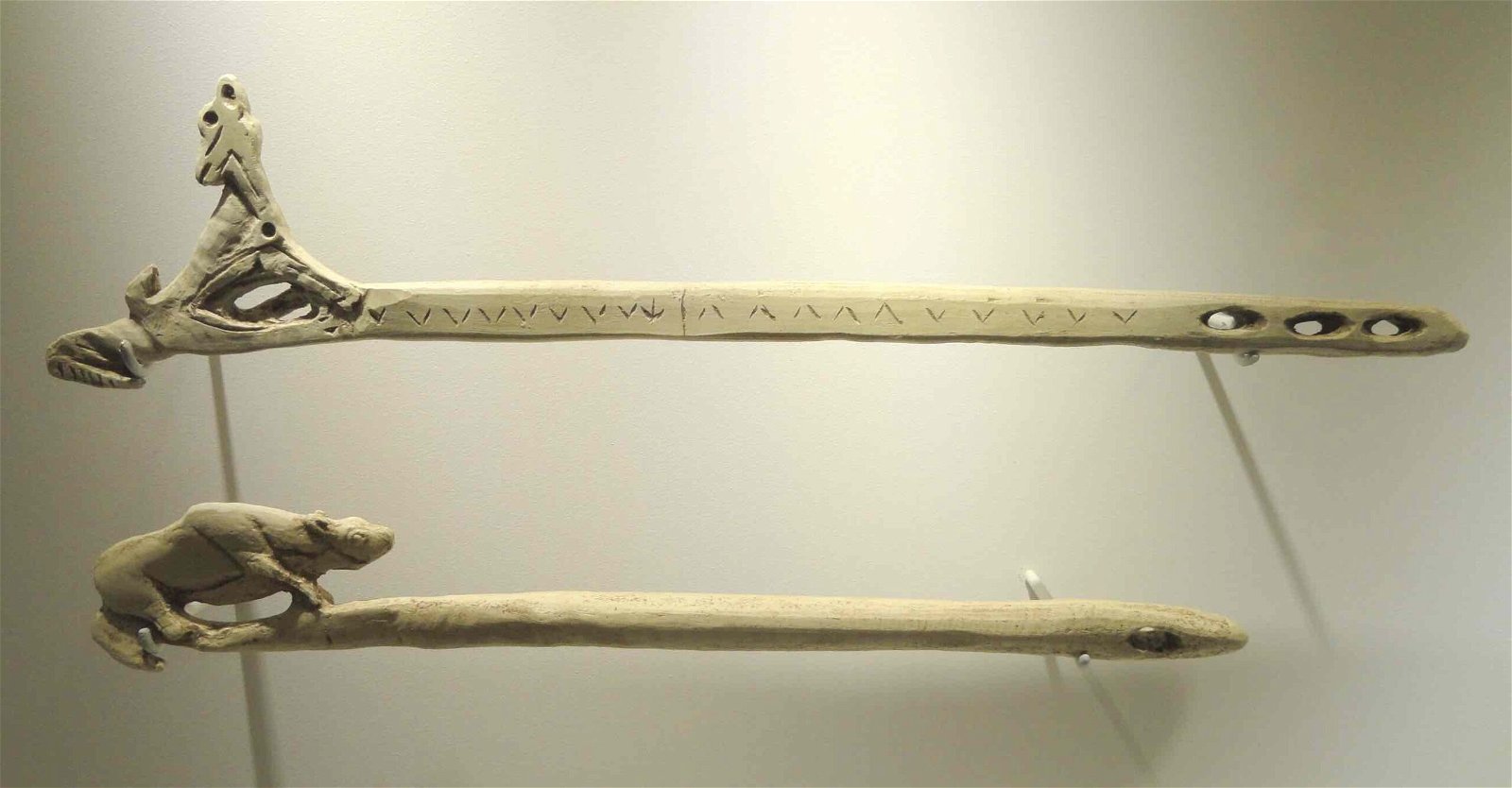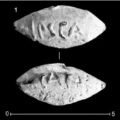A forensic examination of 31,000-year-old artifacts has revealed the potential use of advanced spearthrowers by Stone Age Europeans, according to the results of a controversial new study.
Archaeologists previously believed that spearthrowers, which are sometimes called atlatls, were first put into use sometime around 17,000 or 18,000 years ago based on evidence of their use found in European caves, primarily located in southern France.
However, the results of the recent study appear to put those original findings in doubt by showing that these advanced weapons may have been in use millennia earlier than previously believed.
‘Archaeological Fracture Signal’ Analysis of 31,000-Year-Old Flint Artifacts
A spear thrower is a long shaft with a cup or notch at one end. When used properly, the device functions like an extra extension to the human arm, allowing the thrower to generate significantly more thrust than simply throwing a spear by hand.
The result is a smaller, more compact spear that not only travels farther but impacts its target with more deadly force than a traditional spear. According to the study, these high-speed impacts leave micro-fractures in the spear points that can reveal the force with which they were propelled and the projectile’s flight pattern.
To make their determination, the researchers behind this latest finding performed a detailed analysis of over 300 flint artifacts found in the Maisières-Canal archaeological site in southern Belgium. In all, over 300 artifacts were examined, with 17 revealing what the researchers say are telltale signs that they were used as spear points.
Using a microscope, study first author Justin Coppe, an archaeologist at the University of Liège in Belgium, and his team observed what they termed the “archaeological fracture signal” in these 17 spear points. These findings were compared against real-world experiments with different types of spears, darts, and arrows to see how their flight patterns affected the micro-fractures in their points.


Based on those comparisons, the researchers say that their analysis shows that micro-fractures in the spear points were virtually identical to impacts caused by atlatls, and markedly different than impacts to spear points in traditional hand-thrown spears. The researchers also said these fracture patterns were markedly different from micro-fractures found in the experimental flint arrowheads, which are believed to have been in use in Europe as far back as 54,000 years ago.
“My conviction is that all of them are from spearthrowers,” said Coppe in an interview with Live Science.
Controversial Results Could Push Back First Use of Spearthrowers By Millennia
Published in the journal Scientific Reports and funded by the European Research Council and Belgium’s National Fund for Scientific Research (FNRS), the study and its conclusions have been met with some resistance. Primarily, critics said that the researchers performed their study without taking into account previous studies on the subject. For example, the critics said that the new research claimed previous studies only looked at the size of the spear points and not at the fracture patterns, which they say is not accurate.
Ultimately, the researchers behind the new study believe that their analysis is persuasive and that the microfracture analysis shows definitively that the 31,000-year-old flint spear points found in Belgium could have only been fractured that way if they were points on spearthrowers.
“The close match between the archaeological sample and the experimental spearthrower set extends the timeline of spearthrower use by over 10,000 years and represents the earliest reliable trace-based evidence for the utilization of long-distance weaponry in prehistoric hunting,” they write.
Christopher Plain is a Science Fiction and Fantasy novelist and Head Science Writer at The Debrief. Follow and connect with him on X, learn about his books at plainfiction.com, or email him directly at christopher@thedebrief.org.

